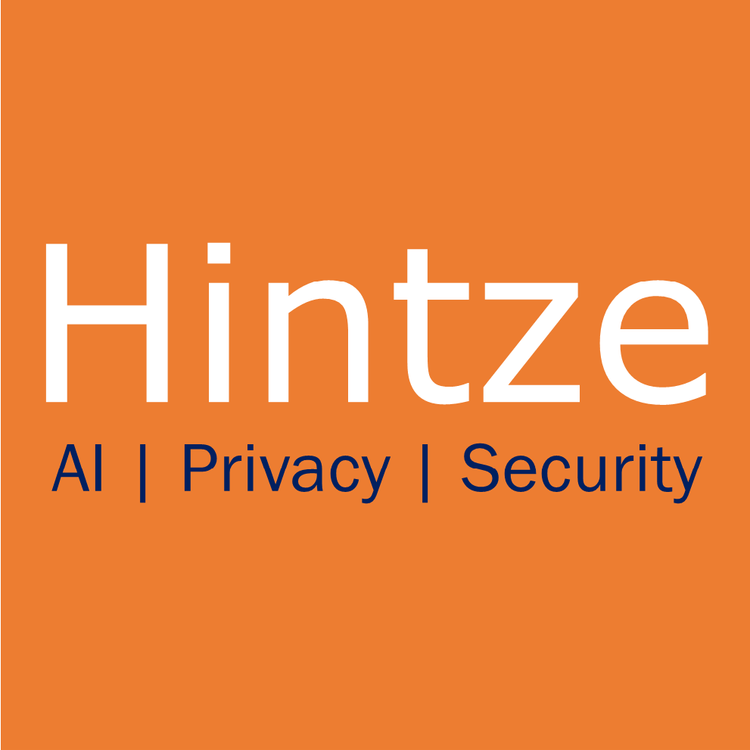By Emily Litka
This is the second in a series of blog posts about the DOJ Rule regarding Access To U.S. Sensitive Personal Data and Government-Related Data by Countries of Concern or Covered Persons (the “DOJ Rule”). It provides an overview of one of the categories of data that is in scope under the DOJ Rule: bulk U.S. sensitive personal data.
Read MoreBy Hansenard Piou and Sam Castic
This is the first in a series of blog posts about the DOJ Rule regarding Access To U.S. Sensitive Personal Data and Government-Related Data by Countries of Concern or Covered Persons (the “DOJ Rule”). It provides a high-level overview of the kinds of cross-border data transfers that are regulated by the DOJ Rule. Future blog posts will more closely examine the DOJ Rule, its requirements, potential impacts, and strategies to address compliance.
Read More


